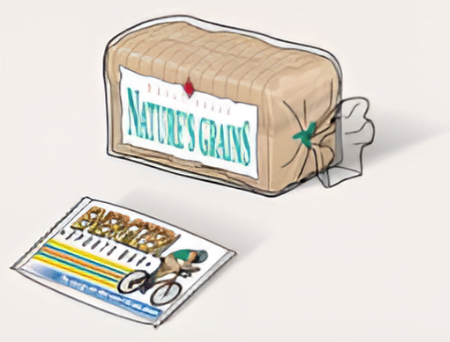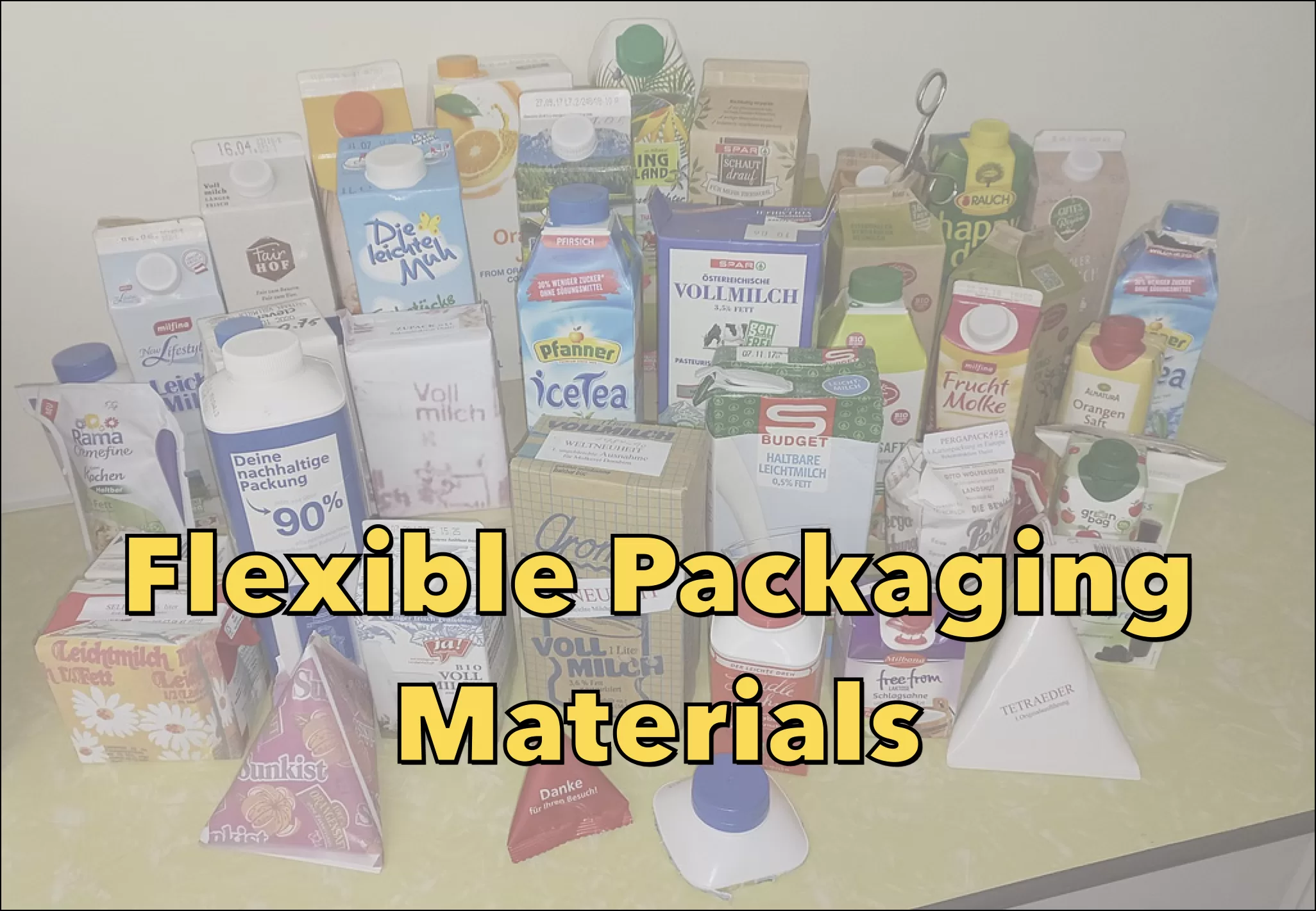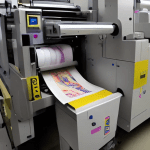It’s no secret that one of the most common and popular types of product containers is flexible packaging. A “flexible package” refers to any type of packaging that is flexible and can easily change shape.
Flexible packaging accounted for nearly 19% of the $177 billion domestic packaging market in 2019, according to the Flexible Packaging Association (FPA), while accounting for 52% of all food packaging. Manufacturers and brands, on the other hand, do not ship their products in blank or clear packages.
The Fair Packaging and Label Act requires the Federal Trade Commission to print logos, nutritional labels, and serving sizes on all food and beverage products. It also includes battery hazards, risk indicators, and other labels, directly onto consumer goods packaging. Most manufacturers also include production/batch information for quality control, as well as UPCs, GTINs, and Datamatrix codes to aid in the tracking and sale of products. Working with a reputable printer is essential for manufacturers seeking high-quality packaging.
Your flexographic printer, however, is only as good as the technology and materials it employs. To get the best prints on flexible packaging, you must ensure that your printer is using cutting-edge image carriers.
Transform Your Flexible Packaging Prints with Unmatched Performance
Coding is an important part of a packaging operation, consumer safety, and product branding, whether it is printing simple dates and time codes or complex ingredient lists, allergen warnings, and traceability information. Choosing the best inks and ribbons for printing on a specific type of flexible packaging. It requires a basic understanding of your printer as well as assistance from an expert who can provide sample testing and application-specific solutions. A high-quality ink or ribbon can improve the adhesion, durability, and quality of printed codes, text, and graphics.
Coding can be done on the packaging line before or after the film is formed and the product is packaged for flexible packaging.It includes materials such as BOPP, PET, PE, PVC, and metalized films. It is critical to consider the packaging conditions and environment when determining an ink or ribbon that will perform well on a specific flexible packaging material:
- If there are any surface coatings or contaminants from the manufacturing process on the product before or after coding, they must be removed
- If the surface color varies and there is a need for visual or machine-readable code contrast
- The printer’s operating environment, as well as the temperature extremes that the product will face and that the code must withstand
- Whether any components will come into direct contact with the ink code after printing
With this knowledge, an ink or ribbon specialist can quickly narrow down the selection of inks or ribbons to a few suitable options.
Unleashing the Secret to Perfect Prints on Flexible Packaging
The intricate process of transferring ink to a substrate via an image carrier is known as flexographic printing. In standard flexo operations, human error or any number of component failures can result in major defects.
When a flexible substrate is added, the process becomes even more complicated. When troubleshooting flexo printing defects on flexible packaging, chances are you’re dealing with an issue with the ink (PH and Viscosity), a press component, or foreign contaminants.
Ink (PH. And Viscosity):
Flexible packaging can be made of a variety of materials, ranging from paper to aluminium to composite material, each with unique properties that necessitate different drying times. When selecting the right type of ink for your flexo job, knowing the composition of your substrate is critical.
To ensure the highest quality prints while maintaining a profitable speed, make sure the pH level of your ink is compatible with the substrate running at high speeds through the flexo press. When looking for high-quality prints, it’s also important to double-check your ink’s viscosity levels to avoid problems with:
- Abrasion
- Foaming
- Spotty ink deposits
- Smeared ink or uneven appearance
- Uneven colors
- Halos
- Fisheyes
Press Components:
Because flexible materials are less rigid than most substrates, they are more prone to moving or slipping during the printing process. Because different substrates have different thicknesses, print quality can vary depending on machine tension. Worn, loose, or dirty plates can cause printing flaws such as:
- Streaking
- Dirty prints
- Uneven ink transfer
Before each print run, adjust the tension to keep the substrate sufficiently tight, and make sure to perform routine maintenance on the entire flexo press. Check bearings, shafts, gear tips, and the alignment of the sleeves or plates to monitor printing pressure and eliminate wobbling.
Foreign Contaminants:
It’s no surprise that dust, tiny ink particles, and other contaminants become stuck to press components in an industrial setting where machinery generates static electricity. Deep cleaning your entire flexo press, including printing plates and elastomer sleeves, will help minimise printing defects in flexible packaging. however, avoid using harsh solvents or cleaning agents to preserve your image carrier (unless specified by your image carrier manufacturer).
Breaking the Cycle: Say Goodbye to Persistent Flexible Packaging Printing Defects
Flexographic printing can be difficult regardless of the substrate; adding a pliable, non-rigid substrate only complicates matters. Getting the best prints on flexible substrates begins with selecting the right image carrier service. Work with a reputable manufacturer who has demonstrated experience with flexible materials.
Read next about Expert solutions for resolving blister packaging issues in flexo printing





